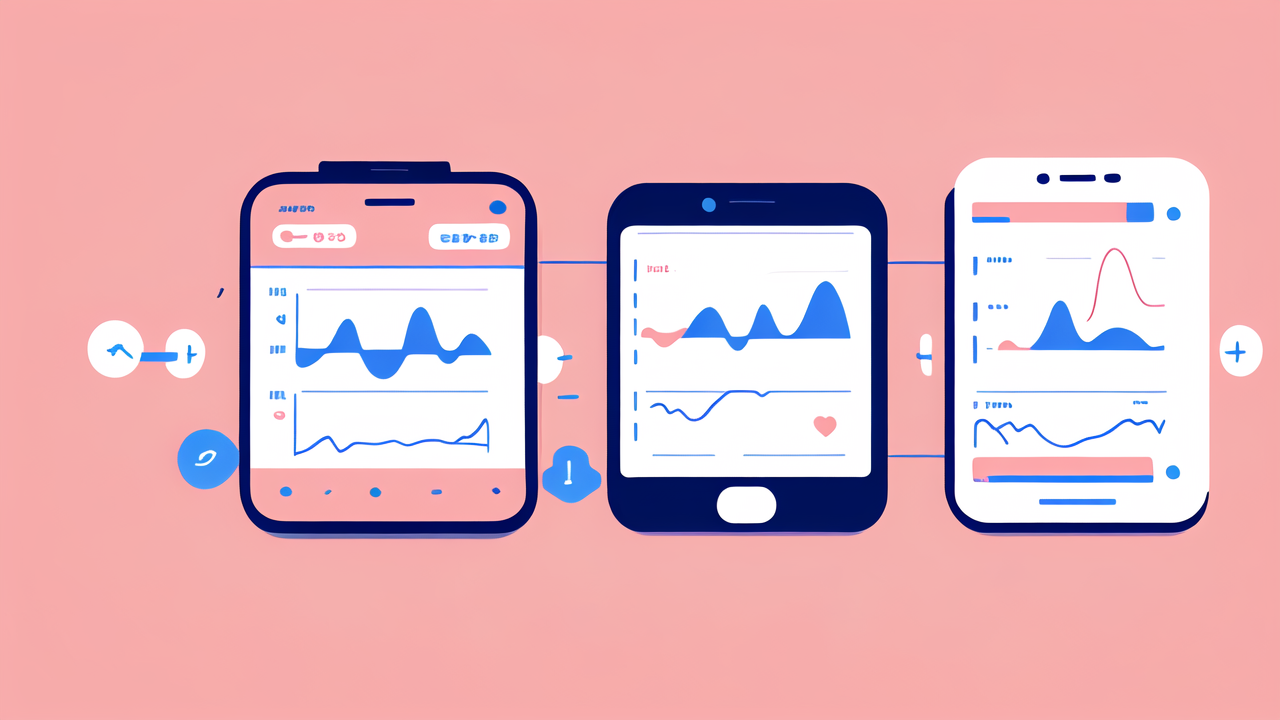Understanding the Rise of Smart Bands in the United States
The Evolution of Fitness Wearables
Smart bands have come a long way since their inception. They started as simple step counters. Now, they're advanced devices that track various health metrics. The journey began with basic pedometers. These only counted steps. Then came fitness trackers with more features. They could monitor heart rate and sleep patterns. Today's smart bands are like mini-computers on your wrist. They offer a wide range of functions. These include GPS tracking, smartphone notifications, and even contactless payments. The evolution shows how technology has transformed fitness tracking. It's made it more accessible and comprehensive for users.

Analyzing Market Trends and Consumer Adoption
The smart band market in the US has seen significant growth. More people are embracing these devices for health and fitness tracking. Statistics show a steady increase in sales over the past few years. Factors driving this trend include:
- Increased health awareness
- Affordable pricing
- Integration with smartphones
- User-friendly designs
Consumers are drawn to the convenience and insights smart bands offer. They appreciate the ability to track their fitness goals easily. The pandemic has also boosted adoption. People became more health-conscious and focused on personal wellness. This led to a surge in smart band purchases. The market is expected to continue growing as technology improves.
The Technological Advancements Behind Smart Bands
Smart bands have benefited from rapid technological progress. Key advancements include:
- Improved sensors for accurate health monitoring
- Longer battery life
- Water-resistant designs
- Advanced data analytics
These improvements have made smart bands more reliable and useful. Sensors can now track metrics like blood oxygen levels and stress. This provides users with a more complete picture of their health. Battery life has extended from days to weeks in some models. This makes them more convenient for daily use. Water-resistant designs allow for swimming and showering without removal. Data analytics help users understand their health trends better. These advancements have transformed smart bands into powerful health tools.
Impact of Smart Bands on Fitness and Health Goals
Enhancing User Engagement and Lifestyle Management
Smart bands have revolutionized how people approach fitness and health. They provide constant feedback and motivation. This keeps users engaged with their wellness goals. Features like step counters encourage more movement throughout the day. Sleep tracking helps users improve their rest habits. Reminders to stand up or drink water promote better overall health. These devices make it easier to track progress and set achievable goals. They turn fitness into a more interactive and rewarding experience. Users can see their improvements over time, which boosts motivation. Smart bands also integrate with social features. This allows users to compete with friends or join community challenges. All these factors combined help people stay committed to their health journey.

Role of Smart Bands in Personalized Fitness Programs
Smart bands play a crucial role in tailoring fitness programs to individual needs. They collect data on various aspects of health and activity. This information helps create personalized workout plans. For example:
- Heart rate data can determine optimal exercise intensity
- Sleep patterns can guide recovery strategies
- Activity levels can inform calorie burn estimates
Trainers and fitness apps use this data to design effective routines. They can adjust workouts based on real-time performance and recovery. This leads to more efficient and safer exercise programs. Smart bands also help users understand their body's responses to different activities. This knowledge empowers them to make informed decisions about their fitness routines. The result is a more personalized and effective approach to health and wellness.
Empowering Individuals with Health Insights and Data
Smart bands provide users with a wealth of health data. This information was once only available through medical tests. Now, people can access it daily. Key insights include:
- Heart rate variability
- Sleep quality and duration
- Stress levels
- Daily activity patterns
This data empowers users to take control of their health. They can spot trends and make lifestyle changes accordingly. For instance, noticing high stress levels might prompt someone to practice more mindfulness. Seeing poor sleep patterns could lead to better bedtime routines. The continuous monitoring also helps in early detection of potential health issues. Users can share this data with healthcare providers for more informed discussions. This leads to better preventive care and management of chronic conditions. Smart bands are turning users into active participants in their health journey.
The Future of Smart Bands in the Wearable Industry
Innovations and Upcoming Trends in Fitness Wearables
The future of smart bands looks promising with exciting innovations on the horizon. Some upcoming trends include:

- Advanced health monitoring (e.g., blood pressure, glucose levels)
- AI-powered health insights and predictions
- Integration with smart home devices
- Improved battery technology for longer use
These innovations will make smart bands even more valuable for health management. They'll provide more comprehensive health data and actionable insights. The integration with other smart devices will create a more connected health ecosystem. This will allow for better overall lifestyle management. Improved batteries will address one of the main user concerns – frequent charging. As technology advances, we can expect smart bands to become even more integral to our daily lives.
Challenges and Considerations for Smart Band Manufacturers
While the future is bright, smart band manufacturers face several challenges:
- Ensuring data privacy and security
- Improving accuracy of health measurements
- Balancing features with battery life
- Making devices more accessible to all age groups
- Addressing concerns about over-reliance on technology
Manufacturers need to prioritize user data protection as devices collect more sensitive information. They must also work on improving the accuracy of health metrics to maintain user trust. Balancing new features with battery life remains an ongoing challenge. There's also a need to make smart bands more user-friendly for older adults. Addressing concerns about technology dependence is crucial for wider acceptance. Overcoming these challenges will be key to the continued growth of the smart band market.
Potential Growth and Market Predictions for Smart Bands
The smart band market is poised for significant growth in the coming years. Market analysts predict:
- Continued increase in sales and adoption rates
- Expansion into new demographics, especially older adults
- Integration with telehealth services
- Growth in workplace wellness programs using smart bands
- Increased focus on mental health tracking features
These predictions suggest a bright future for smart bands. The devices are likely to become more mainstream. They'll play a larger role in healthcare and corporate wellness programs. The focus on mental health tracking aligns with growing awareness of its importance. As smart bands become more sophisticated, they'll likely replace traditional fitness trackers. The market is expected to see new players and innovations, driving competition and advancement. Overall, smart bands are set to remain a key player in the wearable technology landscape.




Leave a comment
This site is protected by hCaptcha and the hCaptcha Privacy Policy and Terms of Service apply.